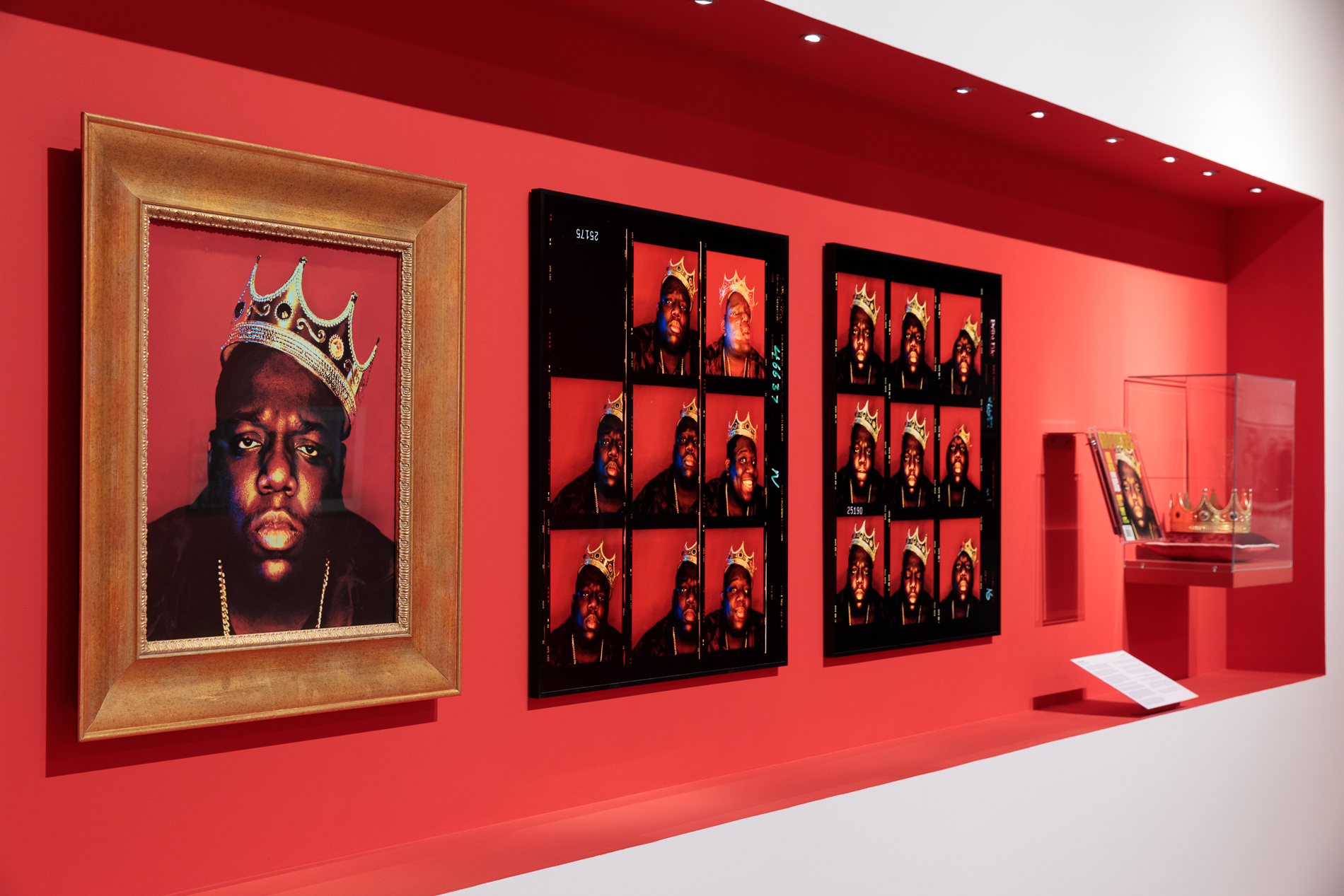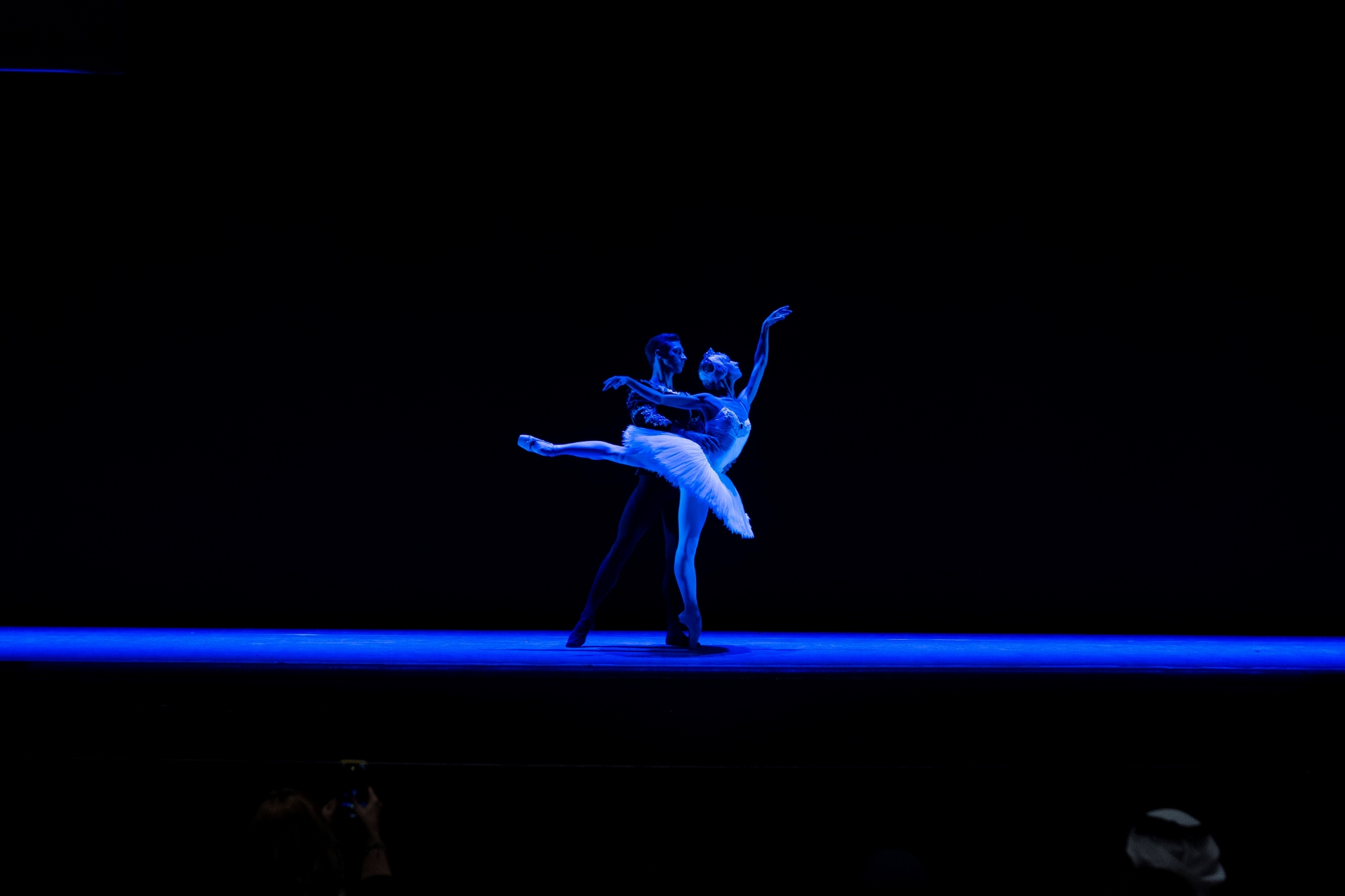In his book Kazakhstan in Ten Words, Alberti goes beyond traditional diplomacy to offer a personal reflection on the country that welcomed him. Rather than statistics or policy analyses, he focuses on ten meaningful words — each suggested by a Kazakh friend — that guided him through a journey of emotional, cultural, and human discovery. In this interview, he shares what moved him most about Kazakh traditions, where Italy and Kazakhstan unexpectedly meet, and why storytelling remains one of the most powerful tools for mutual understanding.

1. Your book “Kazakhstan in Ten Words” offers a unique perspective on the country. What inspired you write the book?
The book tells of my “encounter” with Kazakhstan: its culture, its traditions and, above all, its people. I asked ten Kazakh friends: “Can you tell me a word that represents your country?”. Then, for each word, I immersed myself in a real experience. I have lived my entire life travelling. This book tells a special stage of that journey. It traces emotional itineraries, for others can experience those paths, getting to know this amazing country.


2. During your time as ambassador, what aspects of Kazakh culture impressed or surprised you the most, and how did they shape your view of the country?
I discovered the depth of nomadic culture. The value of freedom and the sense of hospitality that shaped the DNA of this people, along the history. For a diplomat, who is a nomad by profession, it was a privilege to live and work in the land of the nomads, learning the very richness of travelling. In Kazakh language, the word “koshy” does not simply mean “moving from one place to another”, but indicates life itself as an eternal movement. By traveling we grow, we discover our deep “ourselves” and become who we really are.

3. Italy and Kazakhstan may seem very different on the surface, but did you find any cultural similarities or shared values between the two nations?
Over the centuries, Italy and Kazakhstan have been lands of passage, of foreign domination but also of encounters between different peoples, of cultural exchange and, ultimately, of human contamination. Hospitality is a common feature of our people. Take the culinary tradition, for example: the quality and richness of Kazakh cuisine recall the variety of the Italian one, because both are the result of an extraordinary contamination. Furthermore, as in Italy, also in Kazakhstan the meeting with the guest takes place around the table, called “dastarkan”. The guest is not just who you invite home, but whoever knocks on your door. Sharing food means meeting people, offering something yours, nourish the body and soul. Gratuity is the essence of hospitality. A lesson that I had learned from my grandparents and that I rediscovered in the steppe.

5. Was there a particular Kazakh tradition, festival, or custom that you found especially meaningful or emotionally resonant during your stay?
The Nowruz, happening every year at the end of March, is an unmissable experience, to which I have dedicated one of the ten words of the book. Families celebrate the return of spring, the flowering of life after the hard winter. A unique experience of colours, flavours, traditions and ancient symbology that unites the peoples of Central Asia and that no modernity can erase. Rightly recognized as UNESCO intangible heritage!
6. How do you think Kazakhstan’s cultural identity is evolving, and what role does storytelling — like yours — play in shaping how the world perceives it?
Tradition and modernity: looking at the future while preserving the roots. This is the choice (and challenge) made by the country to rediscover its deep identity, made up of over 140 different ethnic groups. A true mosaic of peoples! In general, touristic guides suggest what to do when visiting a country. That is, they offer advice and practical information. This book, instead, “tells” Kazakhstan, so that many others can feel passionate about it and look at it with different eyes. With the eyes of those who want to “discover” it, not just “visit” it.
7. For someone visiting Kazakhstan for the first time, what three cultural experiences or places would you personally recommend to truly understand the heart of the country?
The National Museum in Astana, to get immersed into the history of the country, full of surprises. The Tien Shen mountains, around Almaty, to get immersed into the magnificence of nature; the Khoja Ahmed Yasawi mausoleum, in Turkistan, to get immersed into a simbolic place for the cultural and religious roots of the country.
Photos from Marco Alberti’s Instagram – @marco.alberti.italy



